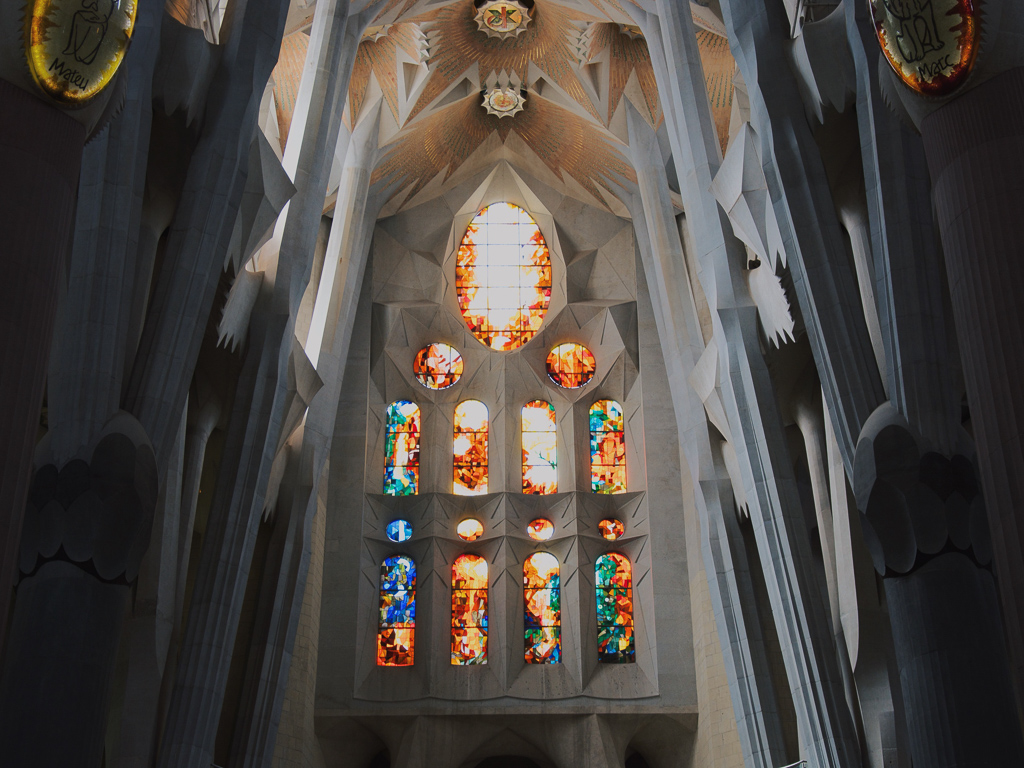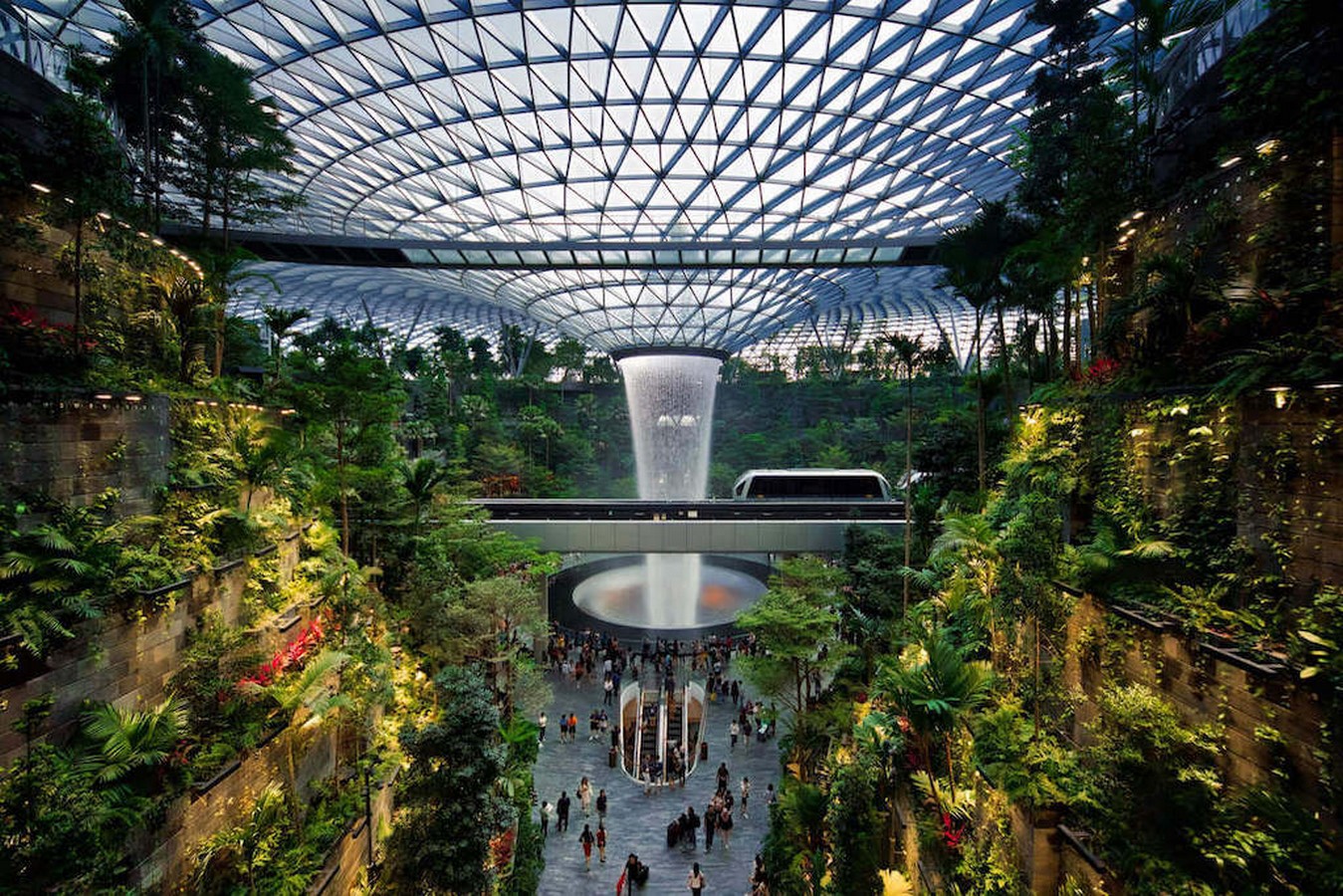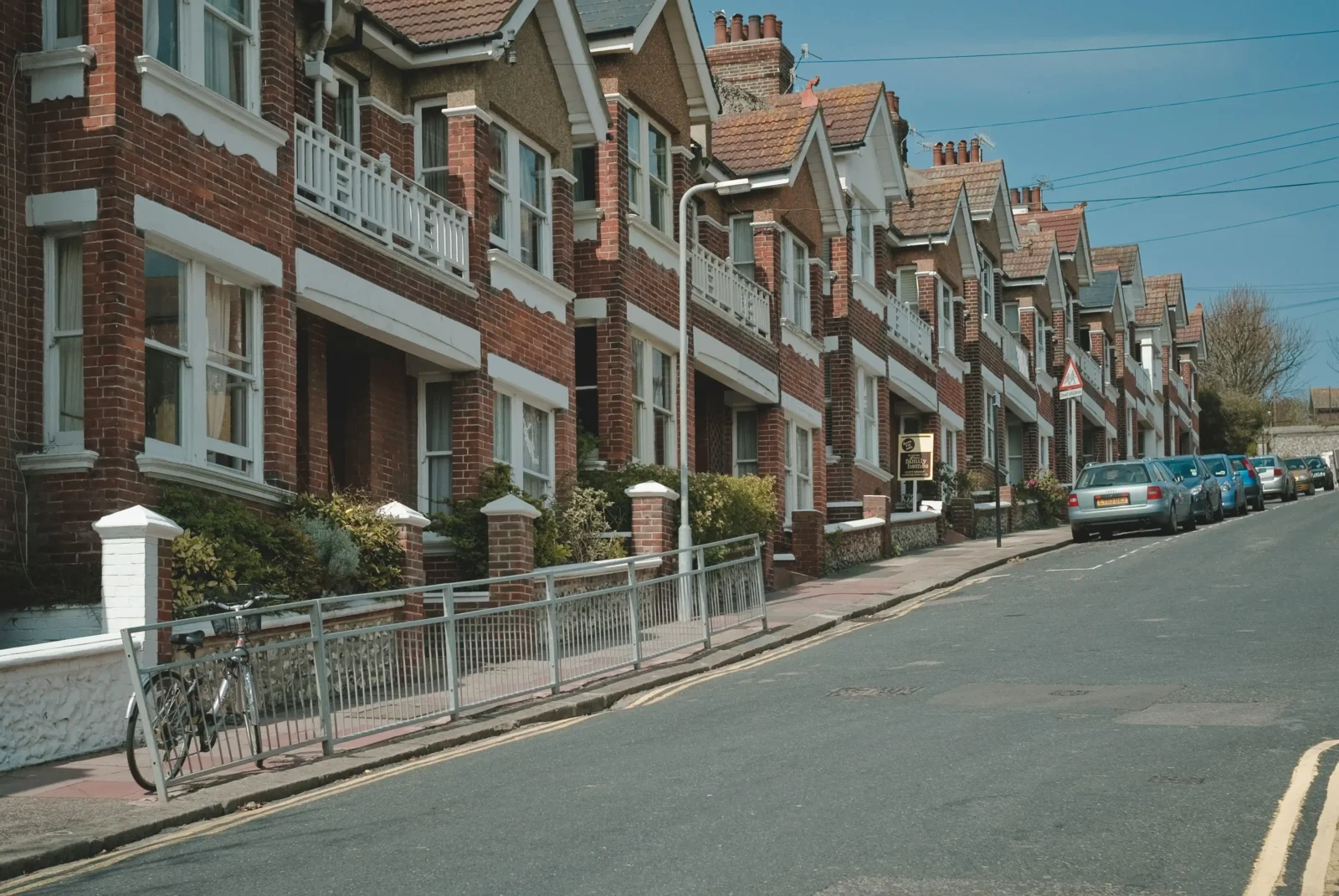- Home
- Articles
- Architectural Portfolio
- Architectral Presentation
- Inspirational Stories
- Architecture News
- Visualization
- BIM Industry
- Facade Design
- Parametric Design
- Career
- Landscape Architecture
- Construction
- Artificial Intelligence
- Sketching
- Design Softwares
- Diagrams
- Writing
- Architectural Tips
- Sustainability
- Courses
- Concept
- Technology
- History & Heritage
- Future of Architecture
- Guides & How-To
- Art & Culture
- Projects
- Interior Design
- Competitions
- Jobs
- Store
- Tools
- More
- Home
- Articles
- Architectural Portfolio
- Architectral Presentation
- Inspirational Stories
- Architecture News
- Visualization
- BIM Industry
- Facade Design
- Parametric Design
- Career
- Landscape Architecture
- Construction
- Artificial Intelligence
- Sketching
- Design Softwares
- Diagrams
- Writing
- Architectural Tips
- Sustainability
- Courses
- Concept
- Technology
- History & Heritage
- Future of Architecture
- Guides & How-To
- Art & Culture
- Projects
- Interior Design
- Competitions
- Jobs
- Store
- Tools
- More
How Architects Use Natural Light to Transform Spaces?
Natural light is one of the most important elements in architecture, as it has the ability to transform the way a space looks and feels. Architects have been using natural light in their designs for centuries, and its benefits are well documented. In this essay, we will explore how architects use natural light to transform spaces.

Table of Contents
ToggleThe Role of Natural Light in Architecture
Natural light is one of the most important elements in architecture, as it has the ability to transform the way a space looks and feels. Architects have been using natural light in their designs for centuries, and its benefits are well documented. In this essay, we will explore how architects use natural light to transform spaces.
One of the primary ways architects use natural light is through the placement of windows. Windows are strategically placed to allow natural light to enter a space and create a sense of openness. Large windows can create a connection between the interior and exterior of a building, allowing the occupants to feel more connected to nature. The size, shape, and placement of windows can also affect the quality of light that enters a space, creating different moods and atmospheres.
Another way architects use natural light is through the use of skylights. Skylights are windows that are installed in the roof of a building to allow natural light to enter a space from above. They can be used to create dramatic lighting effects, and they are often used in spaces where windows are not practical, such as in interior courtyards or rooms without exterior walls.

Architects also use natural light to highlight specific features of a space. For example, they may use natural light to highlight a piece of artwork or a special architectural feature. They may also use natural light to create a focal point in a room, such as a skylight or a large window with a view.

Architects use natural light to create a sense of comfort and well-being in a space. Natural light has been shown to have a positive effect on mood and productivity, and it can also help to regulate the body’s natural sleep-wake cycle. By designing spaces that allow for ample natural light, architects can help to create environments that are both functional and healthy.
Examples of Light Usage in Architecture
Light is an essential element in architecture and has been used by architects in various ways to create visually stunning and functionally efficient spaces. In the rest of the article, we will explore some of the most popular examples of the usage of light in architecture.
The Guggenheim Museum, New York City
The Guggenheim Museum in New York City is a prime example of how light can be used to transform a space. Designed by architect Frank Lloyd Wright, the museum is characterized by its cylindrical form and a central atrium that is illuminated by natural light. The atrium allows light to filter down into the lower galleries, creating a warm and inviting atmosphere that enhances the viewing experience.

The Pantheon, Rome
The Pantheon is an ancient temple located in Rome that is renowned for its innovative use of light. The building’s dome features a large oculus that allows light to filter down into the interior space. The oculus creates a dramatic lighting effect that changes throughout the day, highlighting different parts of the interior and creating a sense of movement.

The Louvre Pyramid, Paris
The Louvre Pyramid in Paris is a striking example of how light can be used to create a modern architectural statement. Designed by architect I. M. Pei, the pyramid features a steel and glass structure that is illuminated at night. The pyramid’s sharp angles and reflective surfaces create a stunning visual effect that draws attention to the entrance of the Louvre Museum.

The Sydney Opera House, Sydney
The Sydney Opera House is one of the most recognizable buildings in the world, thanks in part to its innovative use of light. Designed by architect Jørn Utzon, the building’s sail-like roofs are illuminated by a series of floodlights that change color throughout the night. The lighting design creates a dramatic and dynamic effect that complements the building’s distinctive form.

The Sagrada Familia, Barcelona
The Sagrada Familia in Barcelona is a masterpiece of Gothic and modern architecture that is characterized by its innovative use of light. Designed by architect Antoni Gaudí, the building features a series of stained glass windows that allow natural light to filter into the interior space. The windows are carefully designed to create a specific color palette and to control the amount and quality of light that enters the space.

These examples that usage light in architecture demonstrate how light can be used to create stunning visual effects, highlight architectural features, and enhance the functionality and comfort of a space. As architects continue to explore new ways to use light in their designs, we can expect to see even more innovative and transformative uses of this powerful element in the future.

- architectural case studies light
- benefits of daylight in buildings
- Frank Lloyd Wright lighting design
- Gaudí light design examples
- Light and shadow architecture
- Light in Transform Spaces
- natural illumination techniques
- Natural Light
- Natural Light in Architecture
- role of light in buildings
- skylight design in architecture
- Tadao Ando light architecture
- Transform Spaces
- Transform Spaces in Architecture
- window placement in design
Submit your architectural projects
Follow these steps for submission your project. Submission FormLatest Posts
10 Interesting Facts About Zaha Hadid
Zaha Hadid was a visionary architect whose fluid forms, bold experimentation, and...
Online 3D Terrain Mapping Tools for Urban and Landscape Design in 2025
A curated guide to the best online 3D terrain mapping tools in...
Common Emergency Repairs Every Homeowner Should Be Ready For
For most of us, when something goes wrong, we have a propensity...
Designing, Retrofitting, and Valuing Non-Standard Homes in Britain
Britain’s housing stock carries a quiet contradiction. From the street, many homes...












Leave a comment